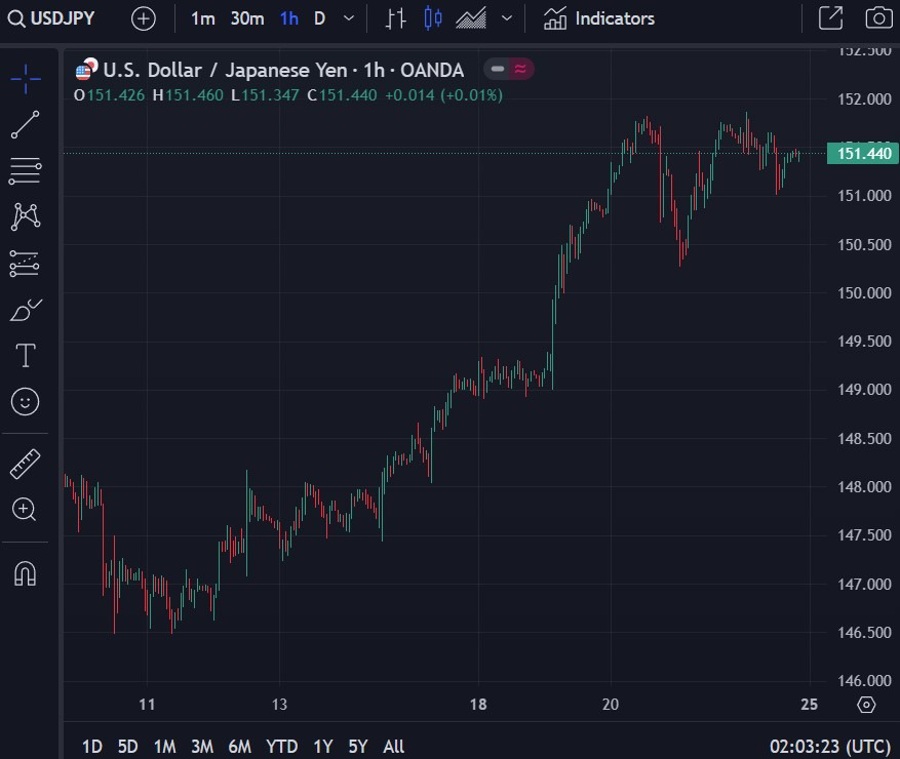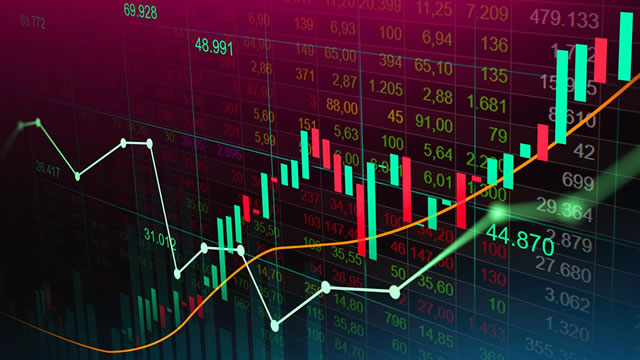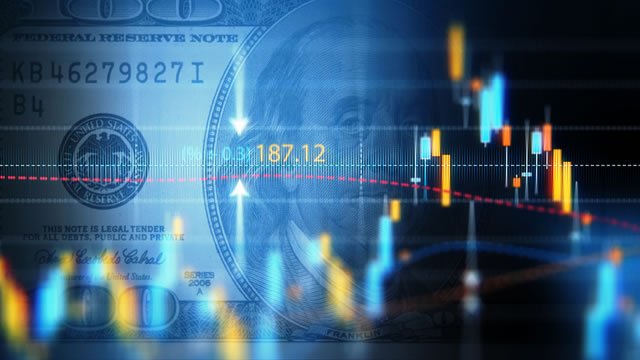The Impact of Goldman Sachs Forecasts on USD/JPY
A shift in market sentiment
Goldman Sachs, a leading financial institution, recently released updated forecasts for the USD/JPY currency pair. According to their analysis, they predict that the exchange rate will reach 155 in the next three months, 150 in six months, and 145 in twelve months. These numbers represent a significant increase from their previous forecasts, indicating a shift in market sentiment towards a weaker yen.
Goldman Sachs attributes their bearish view on the yen to a “benign macro risk environment.” In other words, they believe that economic conditions are stable enough to support a depreciation of the Japanese currency. Additionally, they do not expect the Federal Reserve’s potential rate cuts to have a positive impact on the yen. In fact, they argue that the anticipation of such cuts has reduced the probability of recession risks that typically drive investors towards safe-haven assets like the yen.
Overall, Goldman Sachs’ updated forecasts paint a picture of a weakening yen in the coming months, with potential implications for traders and investors in the forex market.
Impact on individuals
For individual traders and investors, Goldman Sachs’ forecasts could signal potential opportunities and risks. A weaker yen could make Japanese exports more competitive, benefiting companies that rely on international trade. On the other hand, it could also lead to higher import costs for consumers, affecting purchasing power and inflation rates.
It’s important for individuals to stay informed about these market developments and consider how they may impact their own financial portfolios and decisions.
Impact on the global economy
In the broader context of the global economy, a weakening yen could have far-reaching implications. It could affect the competitiveness of Japanese companies in international markets, potentially leading to changes in trade balances and economic growth. Additionally, it could influence the policies of central banks and governments around the world, as they respond to shifting currency dynamics.
As such, it’s crucial for policymakers and industry leaders to monitor these developments closely and adapt their strategies to navigate the changing economic landscape.





